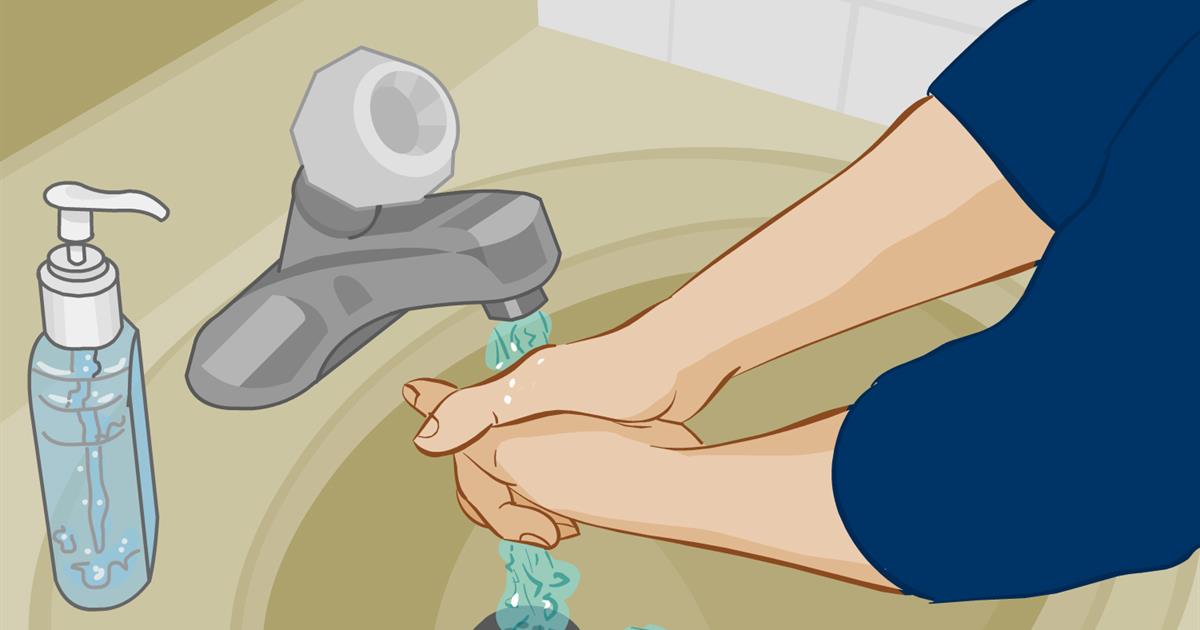- Empty cart.
- Continue Shopping
The Importance of Proper Handwashing Techniques

Handwashing is a seemingly simple yet profoundly effective practice that plays a crucial role in maintaining our health and preventing the spread of infections.
The Role of Hands in Disease Transmission
Our hands act as natural vectors for microbes. Throughout the day, we come into contact with various surfaces, objects, and other people, picking up potentially harmful bacteria and viruses. Without proper hand hygiene, these pathogens can easily be transferred to our mucous membranes, leading to a range of illnesses.
Effectiveness Against Common Infections
Regular and thorough handwashing is one of the most effective ways to prevent the spread of common infections such as the flu, colds, and gastroenteritis. By removing germs from our hands, we significantly reduce the likelihood of contracting and spreading these illnesses.
The Importance of Soap and Water
Soap is a powerful ally in the fight against germs. It works by breaking down the outer lipid layer of viruses and bacteria, rendering them harmless. When combined with water, this process is further enhanced, allowing the soap to carry away the dislodged microbes.
Proper Handwashing Techniques
To maximize the effectiveness of handwashing, it’s crucial to follow these steps:
- Wet Your Hands: Begin by thoroughly wetting your hands with clean, running water.
- Apply Soap: Apply an ample amount of soap to your hands. Ensure that it covers all surfaces, including between your fingers and under your nails.
- Lather and Rub: Rub your hands together vigorously for at least 20 seconds. Focus on creating a lather that covers the entirety of your hands.
- Pay Attention to Fingernails and Cuticles: Use a nail brush or your fingers to clean under your nails and around your cuticles.
- Rinse Thoroughly: Rinse your hands under clean, running water. Make sure to remove all traces of soap.
- Dry Properly: Use a clean towel or an air dryer to dry your hands thoroughly. Ensure that they are completely dry, as wet hands can still harbor germs.
- Use a Towel to Turn Off the Faucet: If possible, use a paper towel to turn off the faucet, especially in public restrooms, to avoid recontamination.
When to Wash Your Hands
- Before and after preparing food
- Before eating
- After using the restroom
- After touching animals or animal waste
- After sneezing, coughing, or blowing your nose
- After touching garbage
- After caring for someone who is sick
- When hands are visibly dirty
Hand Sanitizers: An Alternative
While proper handwashing with soap and water is the gold standard for hand hygiene, hand sanitizers with at least 60% alcohol content can be used in situations where soap and water are not readily available. However, they should not be used as a substitute for handwashing, especially when hands are visibly dirty.
In conclusion, Proper handwashing techniques are a cornerstone of good hygiene and a powerful tool in safeguarding our health. By adopting this simple yet impactful practice, we can significantly reduce the spread of infections, protecting ourselves and those around us. Remember, good hand hygiene is a small effort with enormous benefits for our overall well-being.








